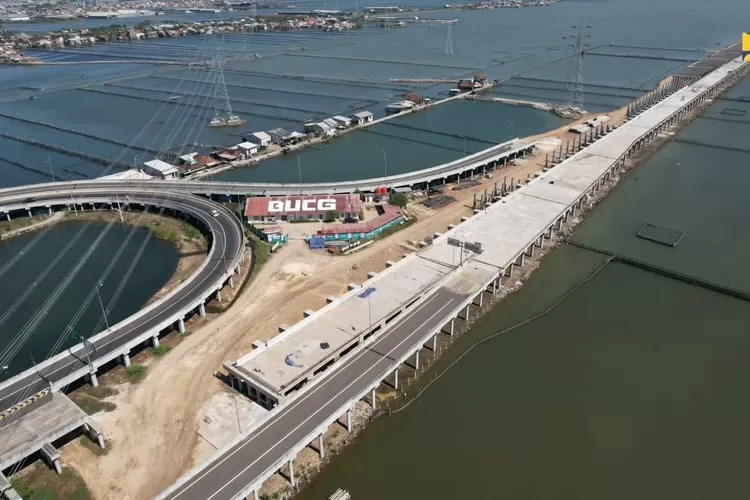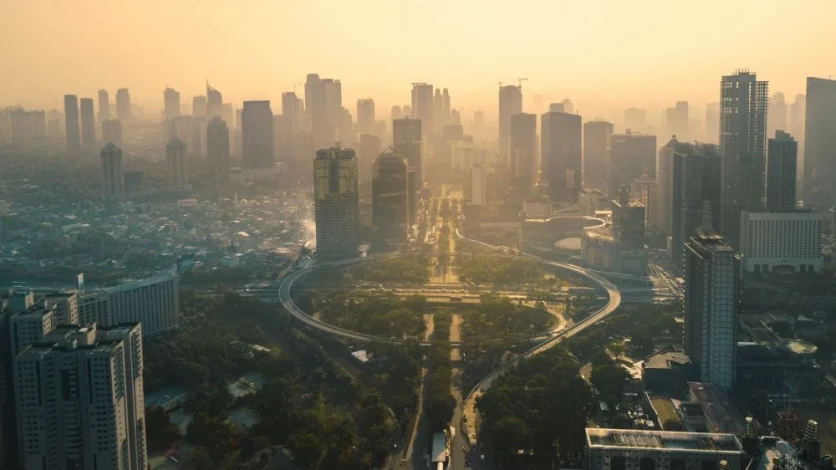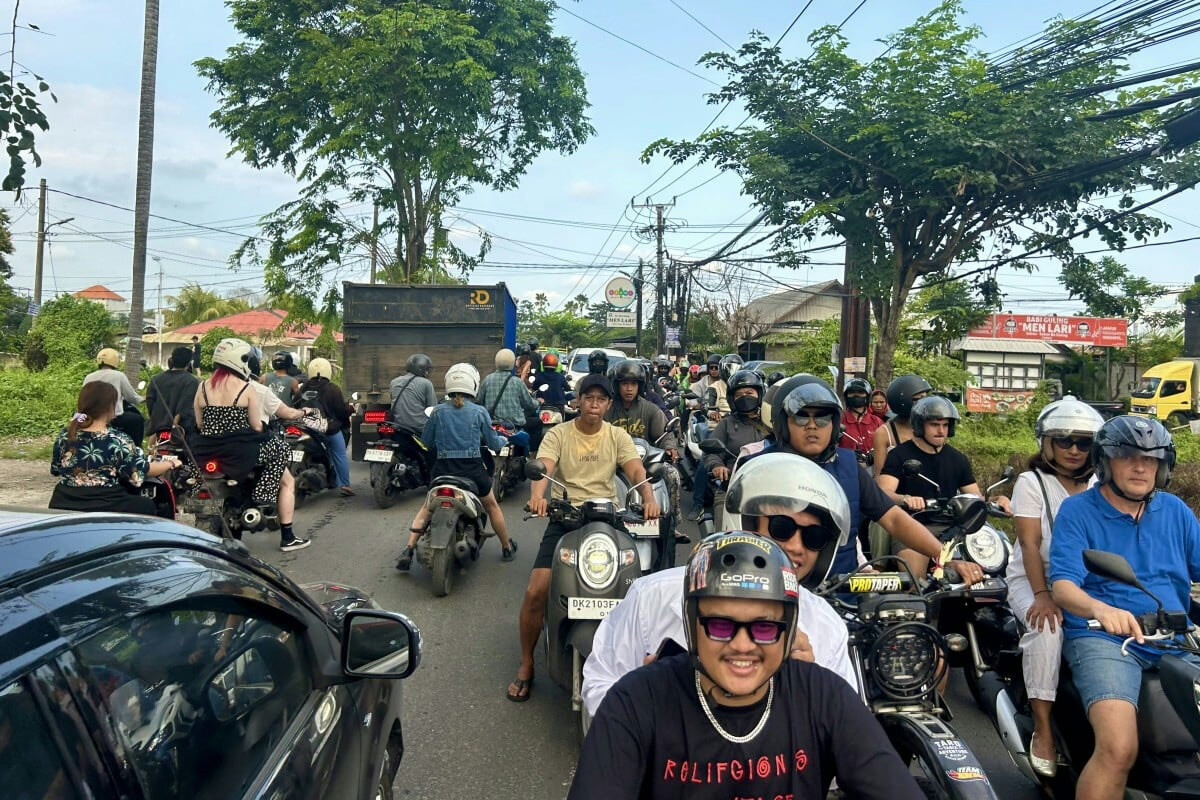Unlike Bali, where serious floods are rare, Jakarta faces this disaster annually, with the water submerging deeper each year. Regular flooding has become one of the arguments for relocating the capital to Kalimantan.

For decades, residents have become accustomed to water in their living rooms and suspiciously cheap 'drowned' cars, but they are not quick to accept this. After the devastating 2007 flood, the authorities began looking for a systemic solution. This led to the idea of building a giant sea wall for Jakarta. Initially, there was the JCDS strategic plan, followed by the NCICD master plan, and then the Great Garuda outer barrier concept.
The project envisaged the construction of an arc-shaped dam in the bay, with the creation of artificial lands. However, it faced delays due to environmental, social, and financial challenges, leading to some reclamation projects being frozen.
Today, the focus is on implementing the coastal 'stage A' of the NCICD, which includes strengthening the shoreline, building infrastructure nodes at river mouths, pump stations, and what are known as polders—districts surrounded by dikes, with canals, detention basins, and pumps to prevent water from flooding residential areas. These elements are being constructed in phases in North Jakarta. Several sections are already completed, while others are being built under multi-stage contracts. The city regularly publishes cluster-specific reports and construction site photos.
The project is even more ambitious. In the summer of 2025, the central government announced the launch of a 500-kilometer sea wall stretching from Banten to East Java. Jakarta's NCICD is part of this megaproject. Initially, the focus is on the northern regions of Jakarta, Banten, and Bekasi. The estimated budget for the next eight years is IDR 123 trillion. Simultaneously, authorities are attracting international investors to participate in a large-scale program to protect Java's coastline, with a total cost of up to $80 billion.
The estimated cost of the entire protective system for Jakarta is $40-42 billion. The 'giant wall' in the open sea remains in the development stage but is designed as a comprehensive system, including an outer barrier, shoreline defenses, drainage, reclamation areas, mangrove restoration, and the creation of public 'blue' spaces.
Sources: suramerdeka, rm


You can add one right now!